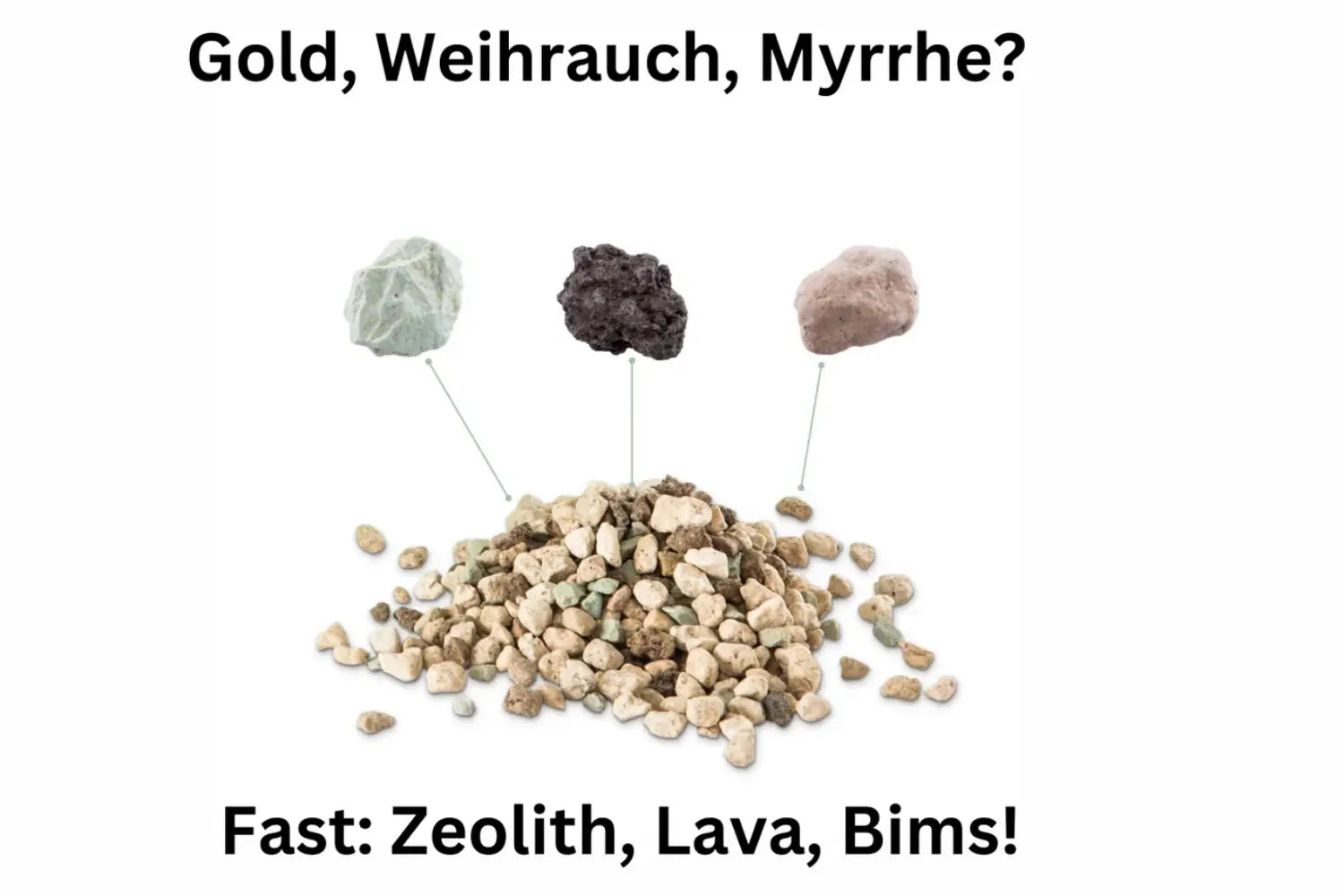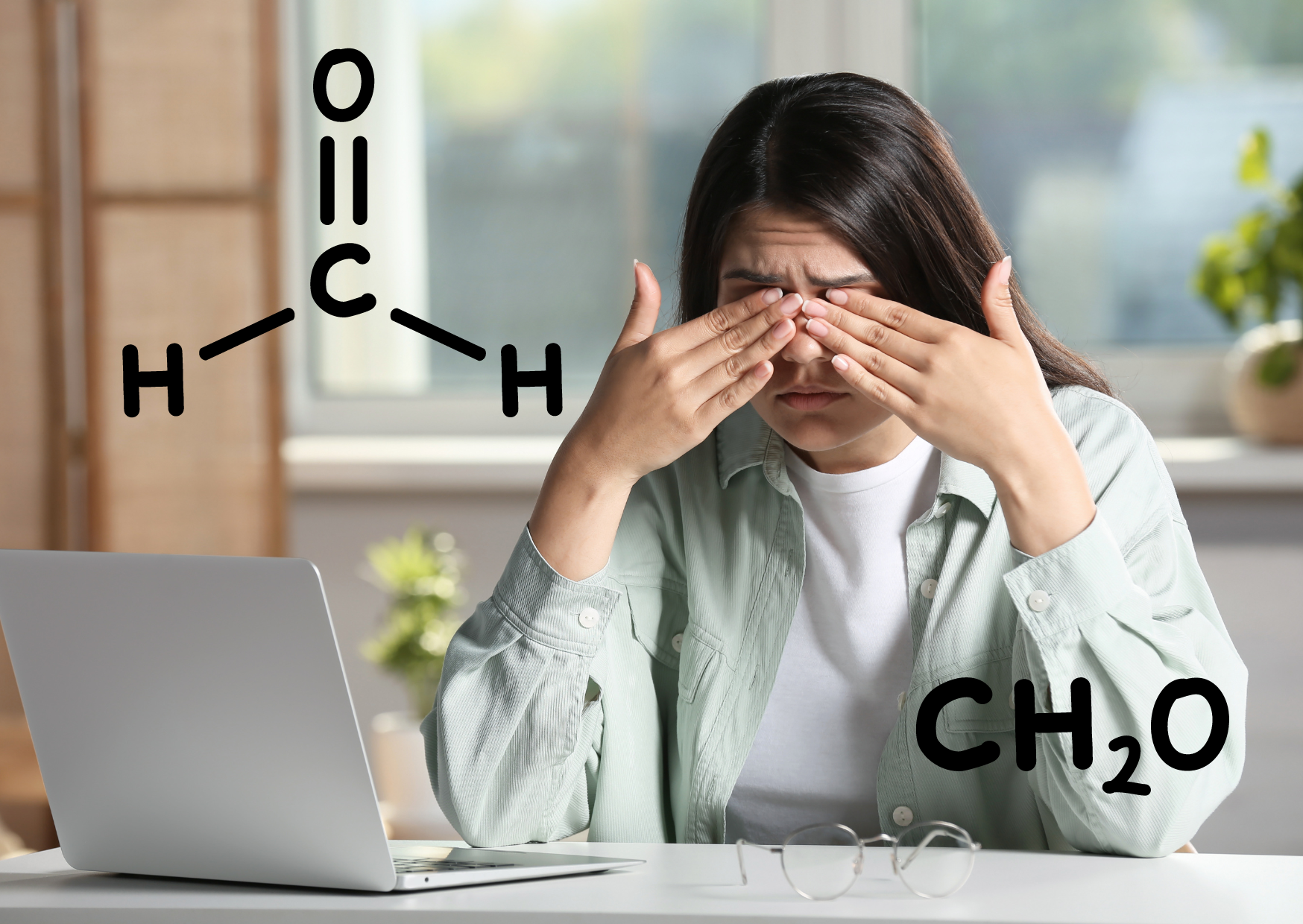Phthalates are everywhere around us and are mostly odorless. They sneak quietly into our breathing air and thus into our bodies. But they also find their way to us through food and cosmetics.
They are found in cables, films, floor coverings, hoses, sports and leisure articles, medical products, food packaging, and even cosmetics:
They are found in cables, films, floor coverings, hoses, sports and leisure articles, medical products, food packaging, and even cosmetics:
Phthalates are a family of chemical compounds and belong to the PLASTICIZERS, which are used, for example, to make the otherwise hard and brittle PVC (polyvinyl chloride) elastic and flexible.
Unfortunately, phthalates are not firmly bound in the plastic, are water-soluble, and can evaporate over time.
They accumulate in indoor air and house dust and can enter our food. Phthalates mainly enter our bodies through inhalation and are suspected of endangering reproduction and disrupting the body's hormone balance. For this reason, phthalates are banned in baby and toddler products.
Despite warnings and bans in Europe, various plasticizers can still be found today, for example in moisturizers, sunscreens, hairsprays, perfumes, or nail polish.
The EU has severely restricted the use of the five most harmful phthalates.
Other plasticizers, about whose effects less is known, are still in use. It is therefore advisable to avoid using products containing phthalates as much as possible.
The AIRY biofilters are made of plastic and flexible: Are phthalates also contained there?
The AIRY biofilters are made of plastic and flexible: Are phthalates also contained there?
No. We do not use PVC, but PP, that is polypropylene. It contains no plasticizers. Baby bottles can even be made from PP. The elasticity of our AIRY biofilter comes from the molecular structure of polypropylene.
Do plants help against phthalates?
Specifically regarding phthalates, I have not found any study results. However, AIRY systems can help reduce exposure to phthalates. Simply by reducing fine dust particles, e.g., from the finest abrasion of floor coverings. Furthermore, the zeolites in the mineral substrate bind VOCs.

The author: Elisabeth Böttcher
Elisabeth is the managing director of AIRY and is responsible, among other things, for customer support. She has over ten years of experience with plants growing in the AIRY biofilter and gladly shares her knowledge as an expert along with tips and tricks. She focuses on healthy indoor air, effective plant care, and everything that contributes to a natural, beautiful home.



